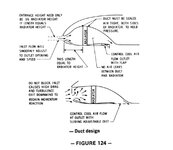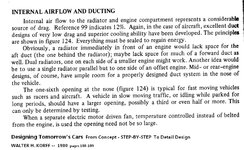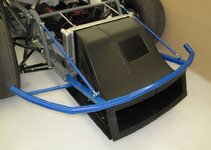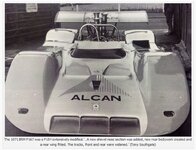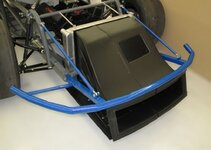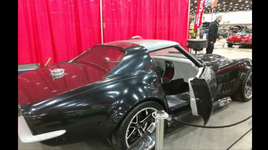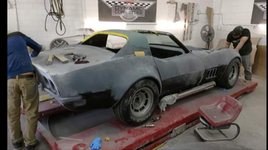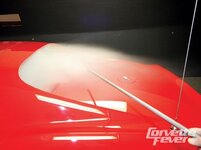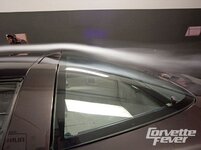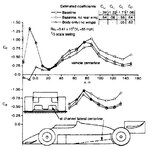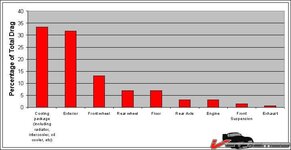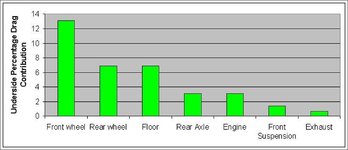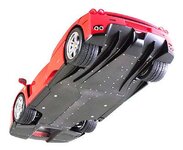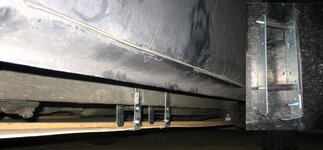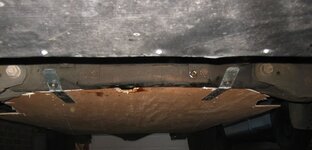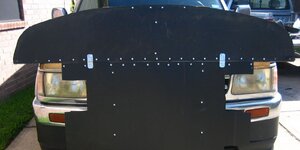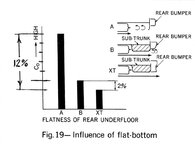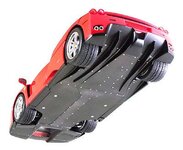phantomjock
Well-known member
Through the top/hood.
Same builder -- very different livery:

If you look real close as he exits the pit you can see what appear as open exits on either side of the streamlined "blister."
A lot to see here in side view too:

Something they have played around with more than one it seems:
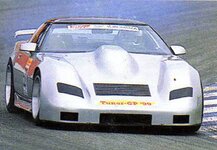

A lot of work here in his gallery:
http://www.frankiesgarage.com/pr01.htm
vette427sbc - There are some clear plastic VGs you could mount with clear double stick. A bit "unobtrusive," but workable.
I have some and if I find could send a few if you'd be willing to do a Tuft Study and share the pics.
Cheers - Jim
Same builder -- very different livery:

If you look real close as he exits the pit you can see what appear as open exits on either side of the streamlined "blister."
A lot to see here in side view too:

Something they have played around with more than one it seems:


A lot of work here in his gallery:
http://www.frankiesgarage.com/pr01.htm
vette427sbc - There are some clear plastic VGs you could mount with clear double stick. A bit "unobtrusive," but workable.
I have some and if I find could send a few if you'd be willing to do a Tuft Study and share the pics.
Cheers - Jim
Last edited:



